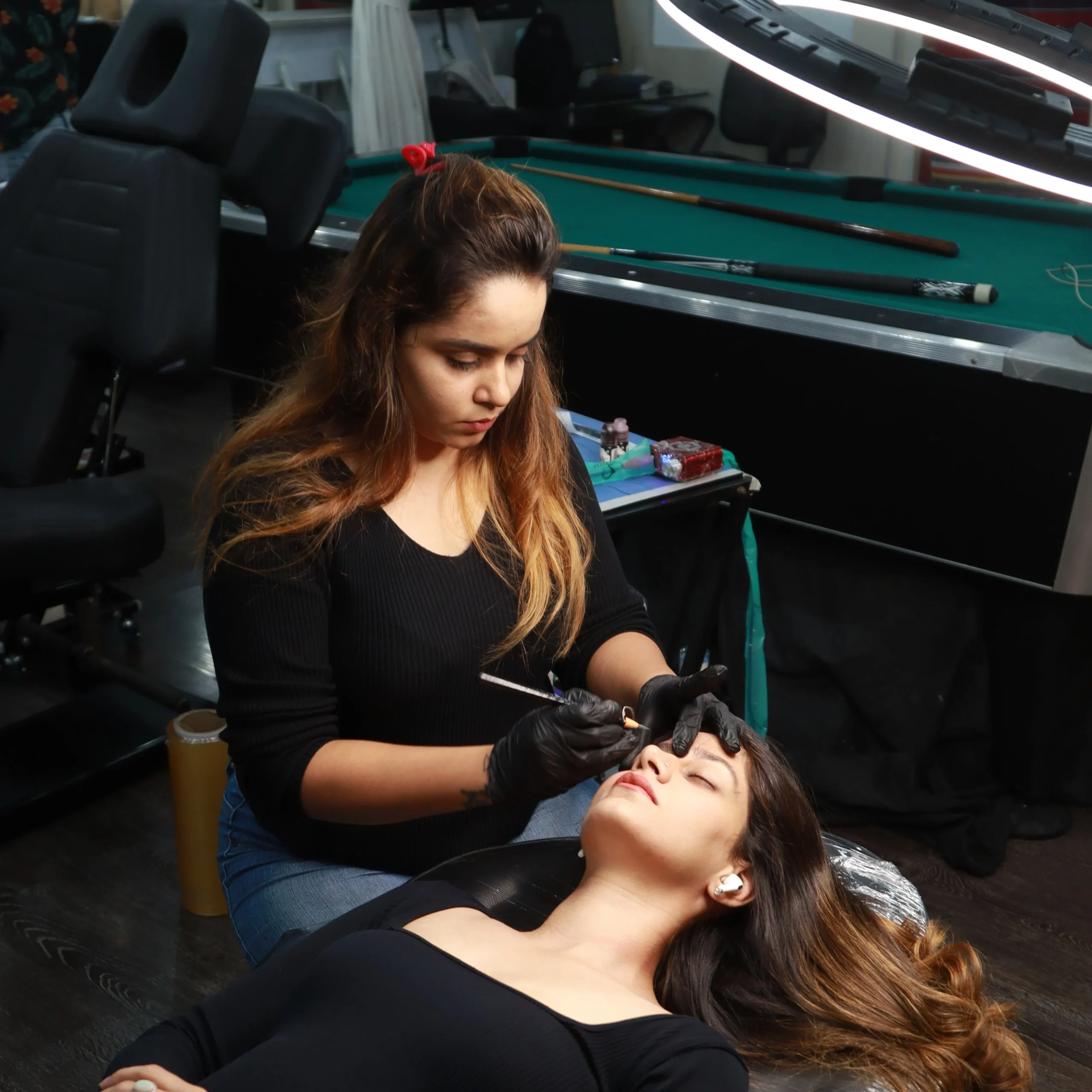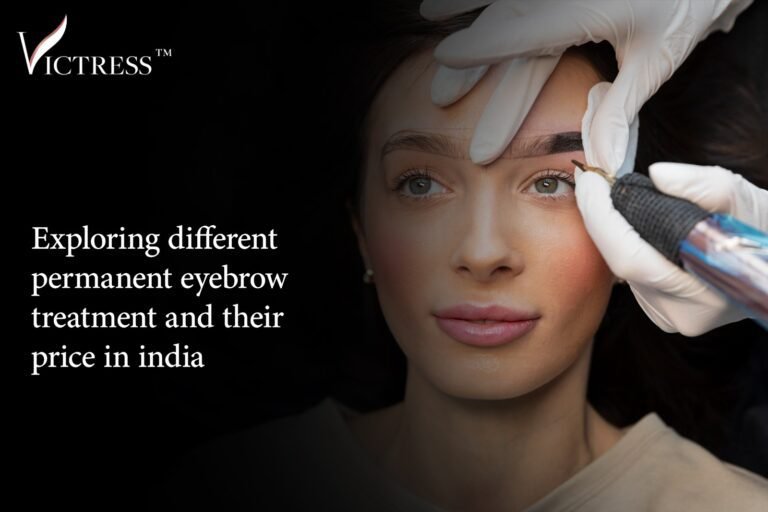PMU, or Permanent Makeup, is a cosmetic technique that involves applying pigments to the skin to create the appearance of makeup. It is a form of tattooing, but there are some key differences between PMU and traditional tattoos.
Benefits of PMU
- Time-Saving : One of the primary advantages of Permanent Makeup is the time saved on daily makeup application. People who opt for PMU can wake up with already-defined eyebrows, eyeliner, or lip colour, reducing the need for daily makeup routines.
- Long-Lasting : Designed to be long-lasting, Permanent makeup gives results that typically last for a couple of years. This can be particularly beneficial for individuals with busy lifestyles who want to maintain a polished appearance without constant touch-ups.
- Waterproof and Smudge-Proof : PMU is resistant to water and smudging, making it a great option for those who want makeup that stays in place, especially in humid or active environments.
- Scar Camouflage : Scars or imperfections on the skin can also be camouflaged with PMU, helping to improve the overall appearance of the treated area.
- Enhances Features : PMU can enhance and define facial features, providing a more polished and put-together look. This can be especially beneficial for individuals with sparse eyebrows, uneven lips, or other cosmetic concerns.
Differences from Traditional Tattoos
- Depth of Pigment : PMU is typically applied at a shallower depth in the skin compared to traditional tattoos. This allows for a more natural and subtle appearance, as the pigments don’t penetrate as deeply.
- Purpose : While traditional tattoos are often chosen for artistic expression and can cover large areas of the body, PMU is specifically designed for cosmetic enhancement. It aims to replicate the look of makeup rather than creating intricate designs.
- Pigment Formulation : The pigments used in PMU are formulated differently from those used in traditional tattoos. PMU pigments are often designed to fade gradually over time, providing a semi-permanent result.
- Technique : The techniques used in PMU differ from those used in traditional tattooing. PMU practitioners use specialized tools and techniques to create a more natural and subtle effect, taking into account factors such as facial symmetry and individual features.
F.A.Q
Is PMU painful?
The level of discomfort during PMU varies from person to person. Most individuals report mild discomfort, comparing it to a sensation similar to tweezing or threading. Topical anaesthetics are commonly used to minimize any potential discomfort during the procedure, ensuring a more comfortable experience.
How long does PMU last?
The longevity of PMU varies depending on factors such as skin type, lifestyle, and the specific area treated. Typically, PMU can last anywhere from one to three years. Periodic touch-ups are recommended to maintain the desired intensity of colour and shape over time.
Can PMU be removed or modified if I change my mind?
While PMU is designed to be semi-permanent, it is not easily removable. The process of removing or lightening PMU is more challenging than with traditional tattoos. It’s crucial to carefully consider the decision to undergo PMU and choose a skilled professional to avoid potential dissatisfaction.
Are there any risks or side effects associated with PMU?
Like any cosmetic procedure, PMU comes with some risks. These may include allergic reactions to pigments, infections, or undesired outcomes if the technician lacks expertise. It’s important to choose a qualified and experienced practitioner, follow post-procedure care instructions diligently, and disclose any pre-existing conditions or allergies to minimize potential risks. Contact Victress Beauty Lounge to get in touch with experienced PMU artists to learn more!






